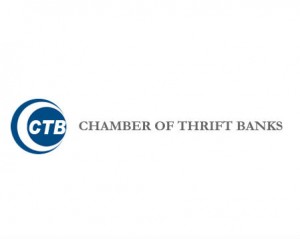
Thrift banks in the country registered higher profits in the first half of 2012 as robust economic growth led to higher demand for consumer loans and other financial services.
Thrift banks in the country registered higher profits in the first half as robust economic growth led to higher demand for consumer loans and other financial services.
Data from the Bangko Sentral ng Pilipinas showed that the combined net income of thrift banks in the country reached P4.63 billion in the first six months of the year, up by 5.7 percent from P4.38 billion in the same period last year.
The higher income was aided both by interest and non-interest activities of the thrift banks.
Data also showed that interest income, which is generated mainly from the charging of interests on loans, reached P22.79 billion, up by 5.6 percent from the P21.58 billion recorded in the same period last year.
Non-interest income, which is generated from other services, such as bills payments and remittance facilitation, amounted to P7.14 billion, up by 90 percent from P3.75 billion in the same period last year.
The favorable financial standing of thrift banks showed that the benefits of a growing economy are not enjoyed solely by the big commercial banks.
In the first three quarters of the year, the economy, measured in terms of gross domestic product, grew by 6.5 percent from a year ago to register one of the fastest growth rates in Asia during the period.
The Chamber of Thrift Banks earlier said the outlook for the industry remained encouraging as banking activities were seen to continue growing with the economy.
For 2013, the government expects economic growth to remain robust, with GDP growth estimated at between 6 and 7 percent.
Thrift banks also expect to conduct more business activities next year, as they will be allowed to engage in cross-selling of insurance and investment products.
The BSP is preparing to issue early next year the guidelines on bancassurance for thrift banks.
Once the guidelines are out, thrift banks will be allowed to sell in their branches insurance products of insurance firms they will partner with.
The BSP likewise intends to allow thrift banks to engage in cross-selling of investment products created by other financial institutions.
Guidelines on cross-selling of investment products will include provisions on transparency in relation to risk and yields of investment products to be sold to consumers.
Allowing thrift banks to engage in cross-selling of insurance and investment products is aimed at making these instruments more accessible to Filipinos.
As of end-June, there were 69 thrift banks operating in the country compared with 37 universal and commercial banks. The network of thrift banks, which includes head offices and branches, stood at 1,522.